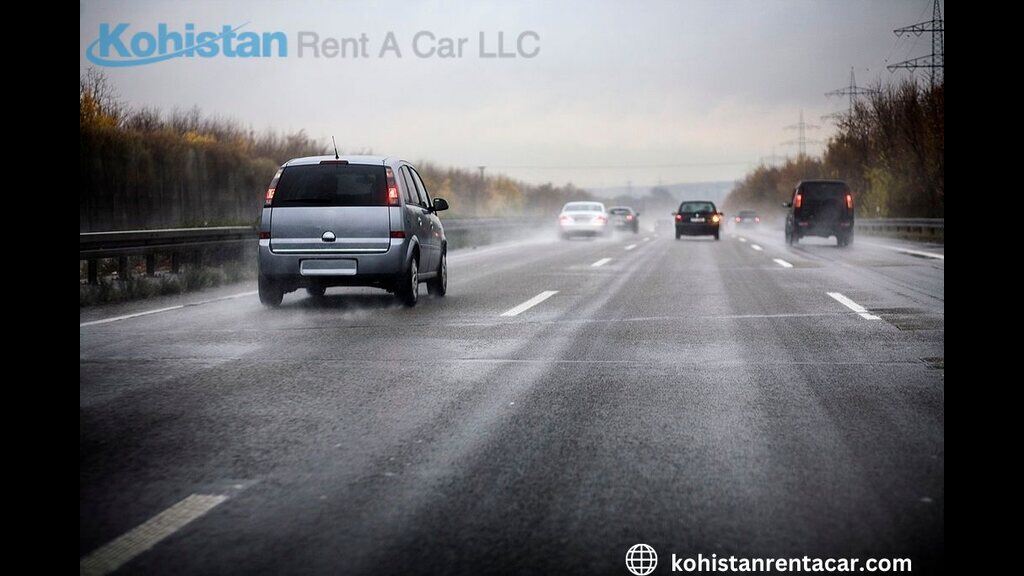It doesn’t happen very often, but occasionally there is rain in Dubai. And when that happens, it can be surprisingly heavy, causing a large amount of standing water on the roads and dangerous driving conditions. Most accidents occur on rain-soaked roads in Dubai because drivers are so accustomed to dryness that they find it difficult to change their new driving techniques, which they face. So, if you get stuck in the rain on the streets of Dubai, here are some tips for renting a Kohistan rent a car to stay safe.
1. Check your tires
The first contact between your car and the road is the tire. If they are in good condition with a lot of thread (3-4- mm is suitable) then they Should push excess water (through drains in the trade pattern) and contact the rubber with the road surface. If your tires are in bad condition, they can’t do that and your car is practically running on a body of water. This puts you at greater risk of “aquaplaning” when you lose your vehicle on the road. An important indication of this is that you will notice your strategy being “light” and the vehicle will start slipping. Kohistan Rent a car company in Dubai provides Good quality tires in the car that will help you avoid this dangerous situation.
2. Brakes – a potential lifesaver
While your brakes may seem to work perfectly in dry conditions, a wet road will dramatically increase your stopping distance and put extra demands on your braking system. Before the rainy season begins, check your brake system from top to bottom, including pads, discs, drums (if you have one), and all hoses. Remember, your life depends on the perfect function of these brakes. If you are driving in wet conditions (especially through floodwaters), find a safe place to stop and push the brakes a few times with your feet to reduce the chances of slipping.
3. Check your lights
A sudden downpour not only dumps a great deal of water on the road, but the light levels can also drop dramatically. Make sure the lights work so you can see other road users clearly when visibility is low.
4. Make sure you can see where you’re going
You may rarely use your windscreen wipers, but when you need them they’re one of the most essential pieces of safety equipment on your vehicle. If you can’t see where you’re going in the middle of the rain because your windshield wiper isn’t working, you run the risk of a bad accident. Wiper blades get damaged (especially when exposed to the effects of sand), so check them regularly so they work properly when you need them.
5. Change how you think – and slow down!
The easiest way to crash your car in wet conditions is to drive as if it is still dry. To cope with these situations, you must change your mindset, especially if you are not used to driving in wet conditions or during heavy rains. The puddle may be deeper than you think, or the water may have washed away part of the road. So always assume that there are other dangers you face, especially if you want to drive at night.
As we said before, your stopping distance will be at least four times longer in the dry state, so slow down, leave enough space between you and the car ahead, and add some extra travel time to your trip if needed.

